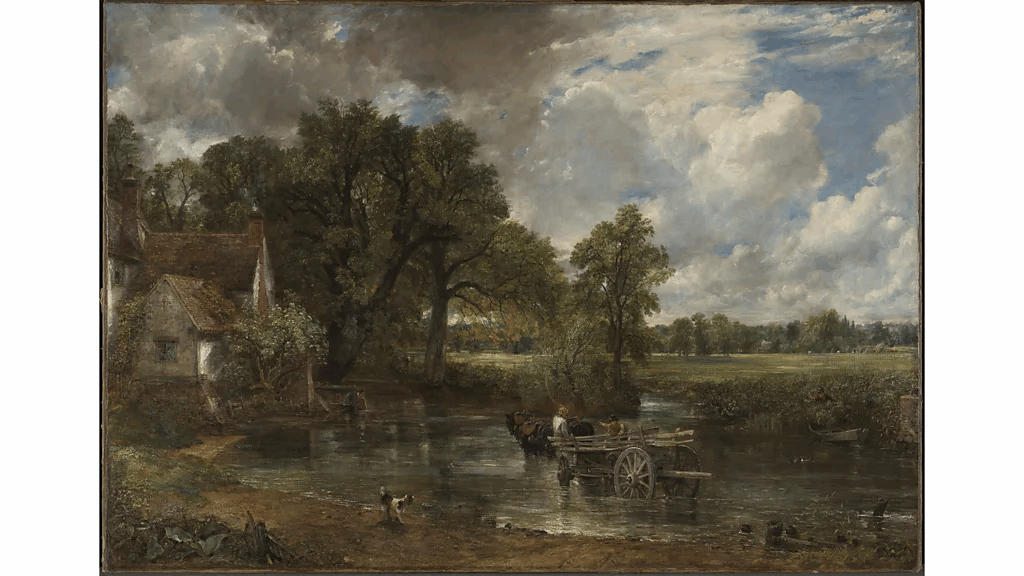unveiled in 1839, turner's the fighting temeraire was immediately met with national acclaim and has remained a celebrated symbol of british art ever since. voted britain's favourite painting and currently featured on the £20 note, its enduring popularity is unquestionable. however, the commonly accepted interpretation of the painting—one steeped in nostalgia and loss—may overlook the deeper, more complex message turner intended.
the painting portrays the hms temeraire, a once-mighty 98-gun warship famed for her heroic service during the napoleonic wars, being towed by a modern steam-powered tugboat along the river thames. in 1838, the ship had been decommissioned and sold for scrap, a fate that captured the public imagination.
this image, to many—including a notable scene in the 2012 james bond film skyfall—evokes sadness. as the character q tells bond, it symbolizes "a grand old warship being ignominiously hauled away for scrap." such a reading casts the temeraire as a noble but fading icon of britain’s maritime past, and the tugboat as a grim harbinger of change. this perspective, echoed historically by writers like william makepeace thackeray and herman melville, positions the painting as a melancholic farewell to an era of glory.
and it's easy to see why turner's contemporaries might have felt that way. the temeraire played a key role in blockading french ports in 1804 and shone most brightly at the battle of trafalgar in 1805, aiding admiral nelson's flagship and helping secure a decisive british victory. her storied past made her dismantling feel like a symbolic loss.
yet turner may have been pointing to something beyond sentimentality. at the age of 64, already a respected member of the royal academy and a savvy self-promoter, turner was deeply interested in the spirit of his age—particularly the rise of industry and innovation. while the fighting temeraire clearly taps into national pride, its true significance may lie in its recognition of transformation.
the tugboat, often seen as the villain of the piece, might in fact be the painting's central figure. turner was fascinated by steam power and the industrial revolution, as shown in later works like snow storm – steam-boat (1842) and rain, steam and speed (1844). unlike his peer john constable, who favored idyllic countryside scenes that largely ignored industrial upheaval, turner placed technological progress front and center.
rather than merely mourning the past, the fighting temeraire confronts the viewer with the raw power of modernity. the temeraire, ghostly and golden in the setting sun, contrasts starkly with the dark, churning tugboat pulling it forward. this visual tension captures a historic shift: the transition from centuries of sail-powered navigation to a new age driven by steam. the painting encapsulates not just the end of an era, but the birth of another.
in the 1830s, steam was revolutionizing naval practice, enabling ships to move independently of wind and current. this was more than an upgrade—it marked a fundamental rethinking of humanity's relationship with nature and travel. by pairing the majestic past with the looming future, turner didn't just paint a farewell; he captured a metamorphosis.
in that sense, the fighting temeraire is not simply a lament. it's a vision of rebirth—of evolution. turner wasn’t resisting change. he was documenting it, and in doing so, he gave us one of the most poignant artistic meditations on progress ever put to canvas.
